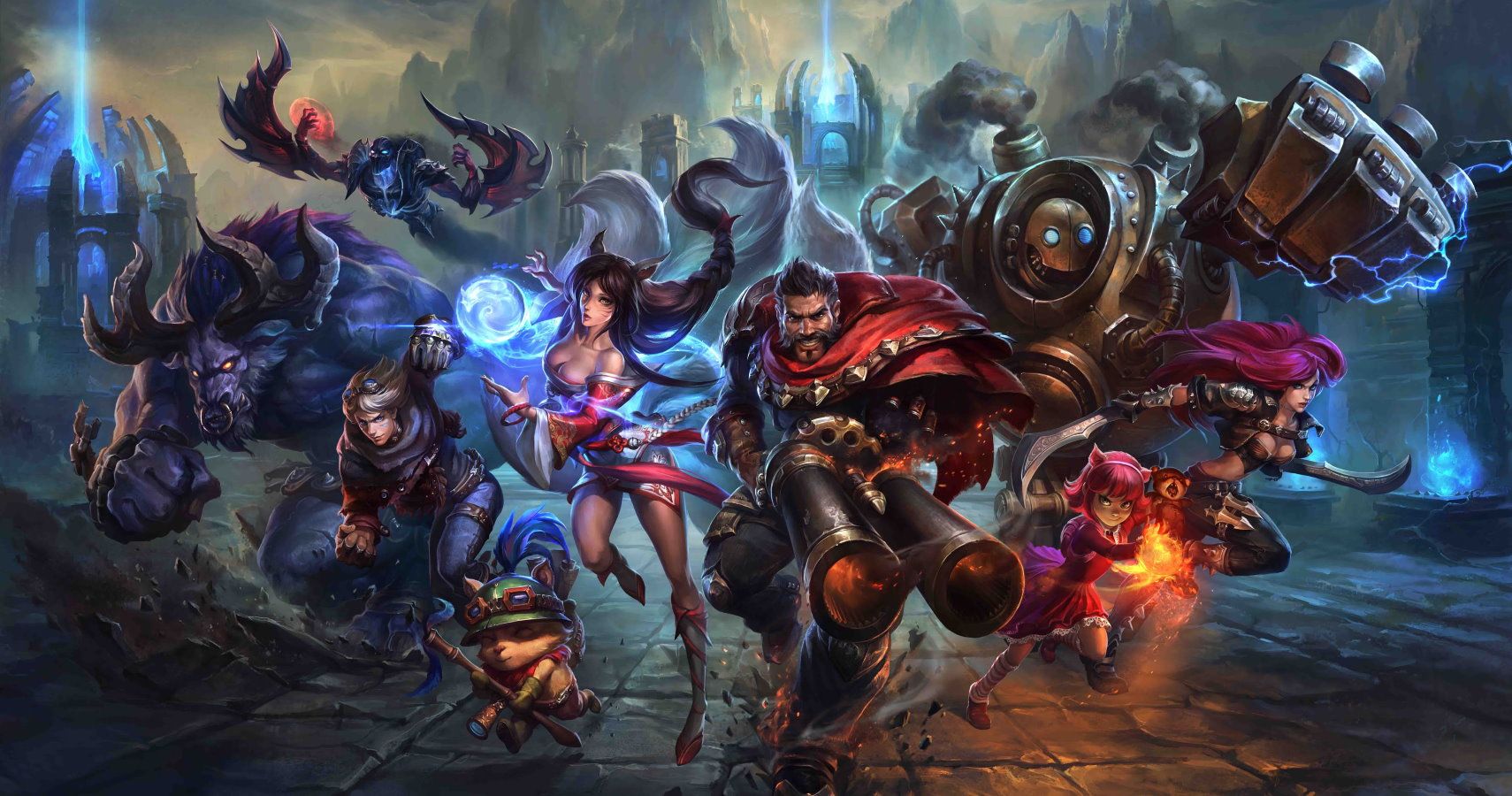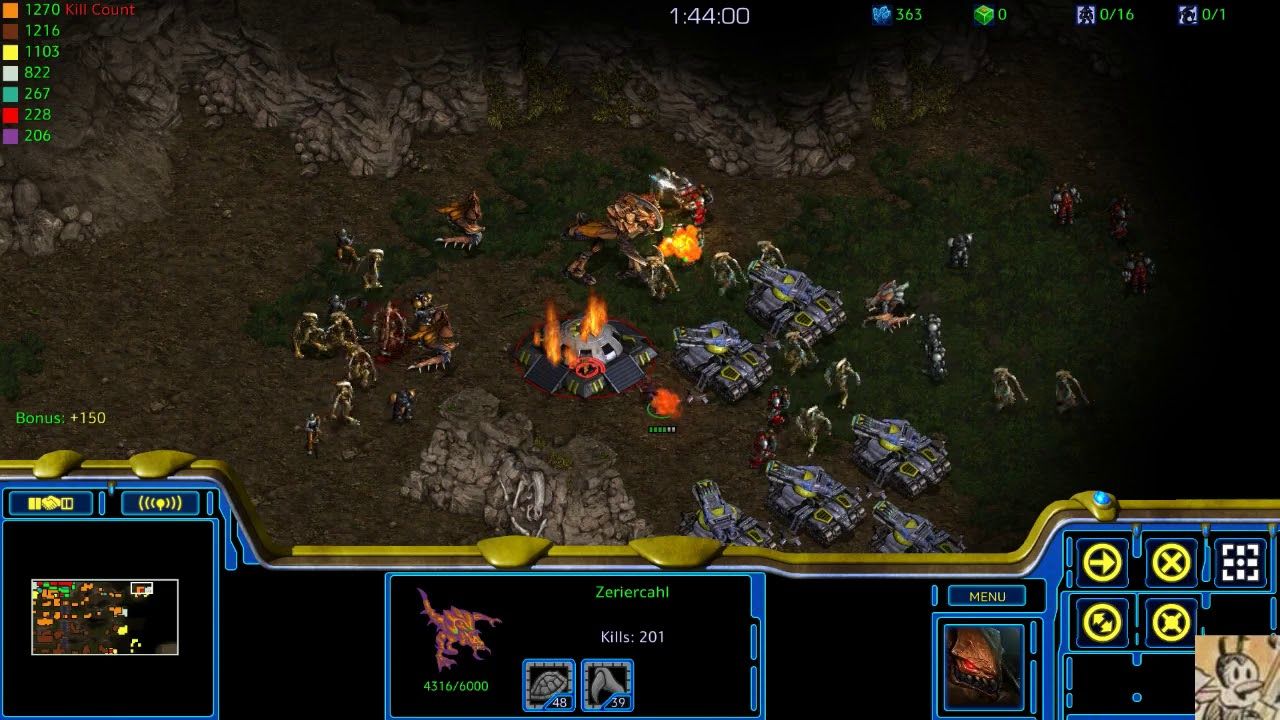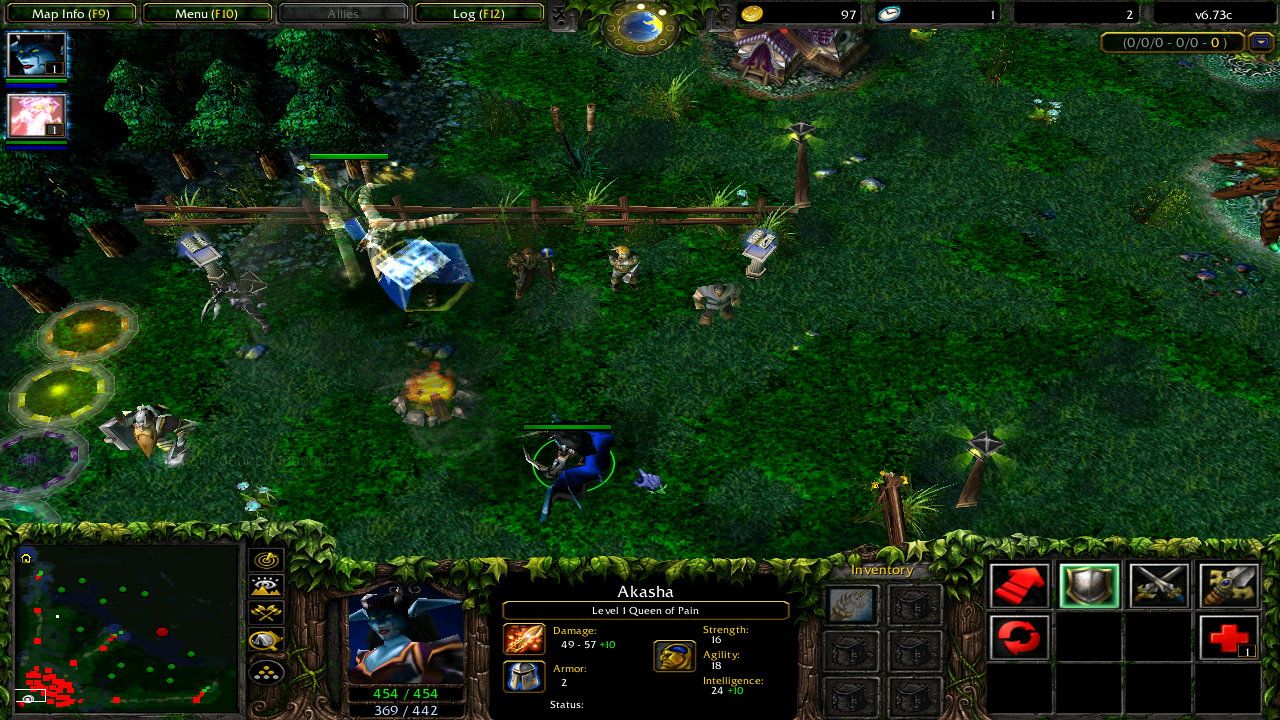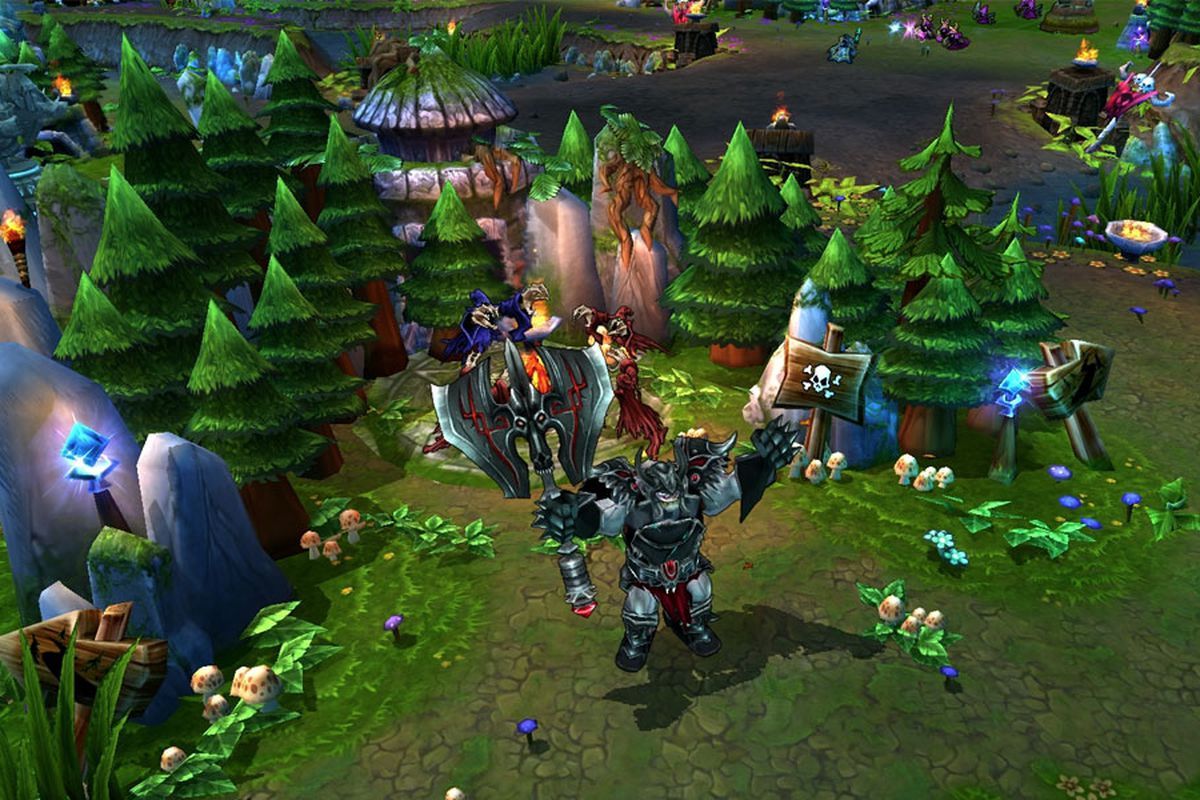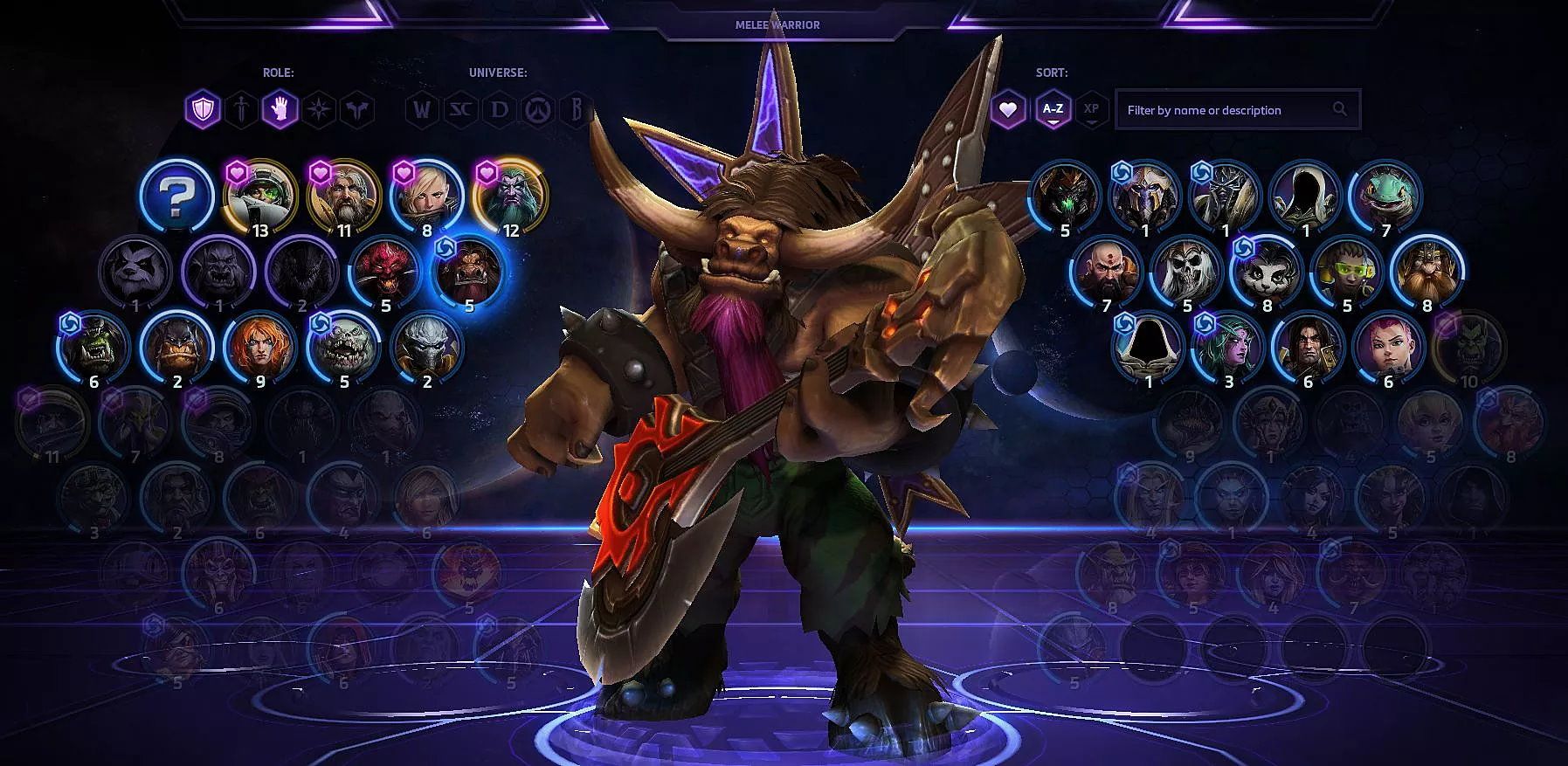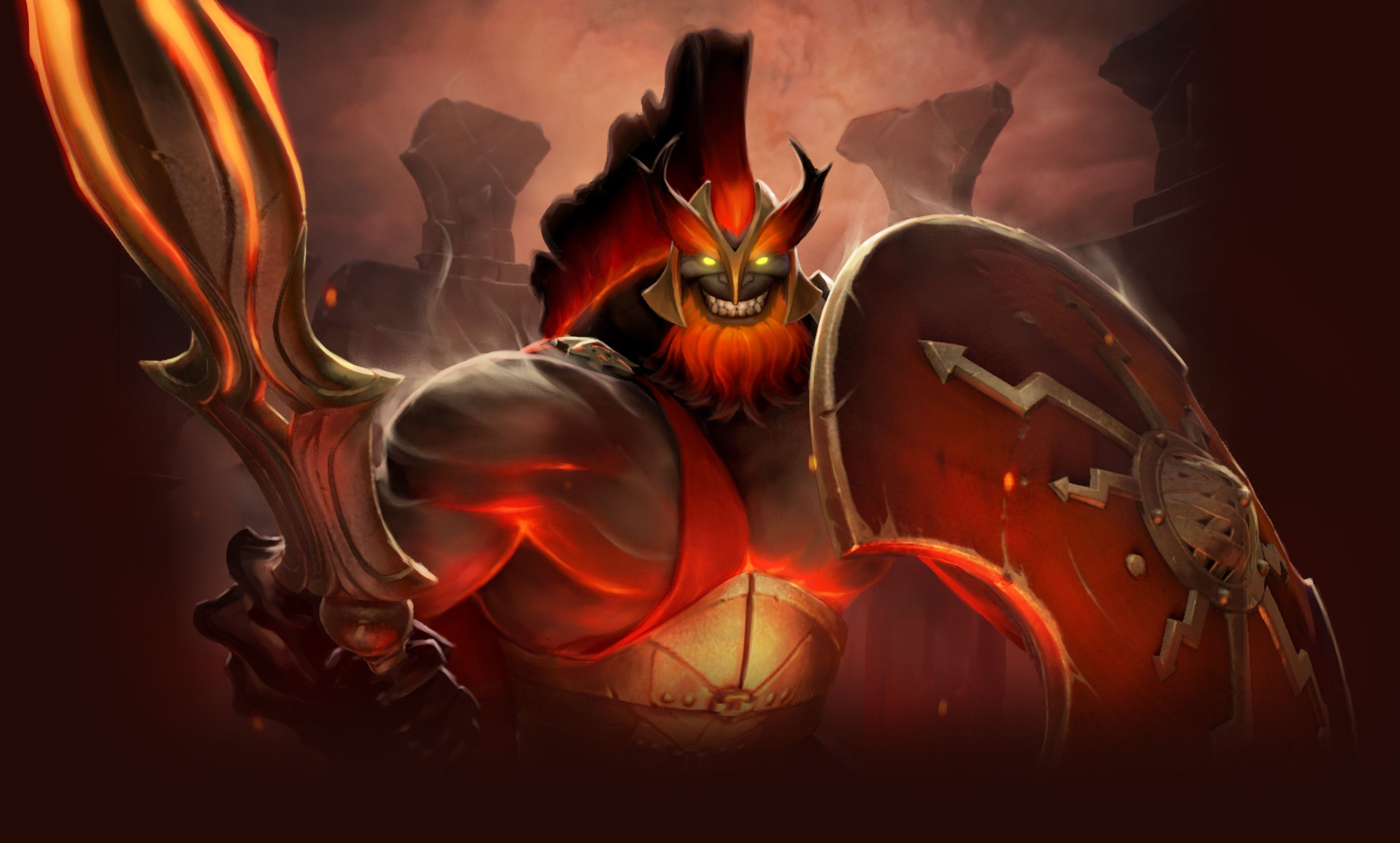There's a term in economics called "market saturation." It basically means that a product has become so common in the market that everyone who wants the product either already has it or can easily get it. It happens to basically everything, but you can see it often in certain widely distributed items, such as cars, snack foods, and yes, video games.
You can easily make the argument that video games are a saturated market; anyone who wants to buy a game can easily do so through any number digital distribution platforms for either home console, PC, or mobile device. This doesn’t stop games from being sold, but it does make it a little harder for new games to get noticed. After all, there’s a whole wide world of huge games out there, so why would any gamer bother with something new?
The obvious answer is because they want a new experience. That’s why new games keep getting made and why pretty much every game has a limited lifespan. Once their player has had their fill, they move on to the next big thing.
Which is kinda what happened to MOBAs. A few years ago, it seemed like Multiplayer Online Battle Arenas were taking over the world, with a new MOBA being announced almost every month. Now, most of those games have failed and only a few MOBAs live on to fulfill that niche.
So what happened? The same thing that’s happened with almost every big innovation in gaming: it arrived, it peaked, it got iterated to death, and then it finally died. Or it’s at least in the process of dying.
Origins Of MOBA - Aeon Stryfe & Defense Of The Ancients
MOBAs arrived as a popular genre back in 2011, but their origins can be traced back to the late ‘90s. A popular StarCraft map called Aeon of Strife is often quoted as the original MOBA. Instead of players controlling multiple units and the structures with which to build more, players controlled just a single hero unit and fought alongside a number of lesser AI-controlled units. The map is just three lanes, with the AI-controlled units battling in each one to a standstill (usually). It's up to the player-controlled heroes to turn the tide and ultimately destroy the enemy's base.
That might've been where it ended but for another custom map in yet another Blizzard real-time strategy game called Defense of the Ancients. The general idea for Defense of the Ancients (which was soon shorted to just DOTA) was basically the same as Aeon of Strife, only DOTA utilized Warcraft III's new hero units to full effect. The map also added purchasing items, expanded hero skills, and various neutral encampments that could be killed in order to gain an economic advantage over the opposite side at the risk of being caught between a belligerent mercenary camp and an ambushing enemy.
DOTA was an overnight success after its introduction, and soon DOTA became as much a reason to play competitive Warcraft III as the base game itself. DOTA became a fixture of several international eSports tournaments, and their designers would go from being mere hobbyists to professional game developers. One key player named "IceFrog" would get hired by Valve to develop Dota2, while Steve "Guinsoo" Feak and Steve "Pendragon" Mescon would move to create Riot Games and their breakout title, League of Legends.
The Rise Of Two Juggernauts
Both LoL and Dota2 would arrive in open beta roughly around the same time, but Riot got the jump on Valve by releasing League of Legends in October 2009. Since then, LoL's popularity has simply exploded. By 2012, LoL was the most popular game in the world and by Jan of 2014 the game had 67 million people playing it every month. LoL was easily the most popular game viewed on either YouTube or Twitch, and with that many eyeballs came an exploding eSports scene. Professional tournaments began in 2011 with the League of Legends World Championships providing the best team in the world a top prize of $1 million.
Dota2 wasn't far behind. The game was released from open beta in July 2013 and quickly climbed the Steam charts, surpassing longtime standbys like Team Fortress 2 and Counter-Strike (although CS:GO would later regain its title as most popular game on the digital platform). At the time of its release, Dota2 had over 520,000 concurrent players. By January of 2014, Dota2 had over 738,000 players, and by February of 2016, Dota2 had peaked at 1,291,328 concurrent players.
As with LoL, Dota2 also got into eSports in a big way. The International, Dota2's annual global tournament, began with a prize pool of just $1.6 million. By 2019, The International’s prize pool had grown to over $31 million--the largest offering of any esports tournament in history.
With success comes imitation. Many game developers saw the incredible financial success of both LoL and Dota2 and thought they could change the classic MOBA formula just enough to stand out. Titan Forge Games released Smite, a mythologically-themed third-person battle arena, in March of 2014. Although certainly popular by most standards and also featuring a world championship with a $1 million top prize, Smite never quite gained the rampant popularity of either LoL or Dota2.
The Fall Of MOBAs
Blizzard Entertainment, once the birthplace of the modern MOBA thanks to Aeon of Strife and Defense of the Ancients, tried their hand at creating a MOBA with Heroes of the Storm. Released in June of 2015 at the very height of MOBA popularity, HotS struggled to gain the same kind of following as its larger brethren. Although innovative and containing many changes to the core gameplay that made it both easier to learn and more “fun”, HotS was plagued with poor monetization as well as technical and hero balance issues. Blizzard finally admitted defeat in December of 2018 by moving developers to other projects and canceling the game’s official tournaments.
Blizzard would have much greater success in Overwatch, a first-person shooter version of the MOBA. Others wouldn’t be nearly as lucky. Paragon, Dawngate, Infinite Crisis, Arena of Fate, and Battleborn all came around the same time and all failed to live up to expectations. Many of them simply failed altogether with servers shutting down a few short years later.
Today, few companies are looking to create a new MOBA. Dota2's player count has been on a slow, steady decline while League of Legends' has mostly plateaued. Riot Games still reports LoL’s player count as an ever-growing number, one can only assume that’s due to greater international penetration as well as longtime players creating secondary or “smurf” accounts.
All this seems to indicate that the sun is setting on the Multiplayer Online Battle Arena. The latest genre to sweep the gaming world is the battle royale, which rose to prominence in PlayerUnknown’s Battlegrounds and Fortnite. Other games are adding battle royale modes to their multiplayer options, while games like Apex Legends add battle-arena-like special abilities to the battle royale formula.
Soon it will be battle royale’s turn. Then something else will come along and the cycle of innovation, iteration, and finally stagnation will start over once again.

